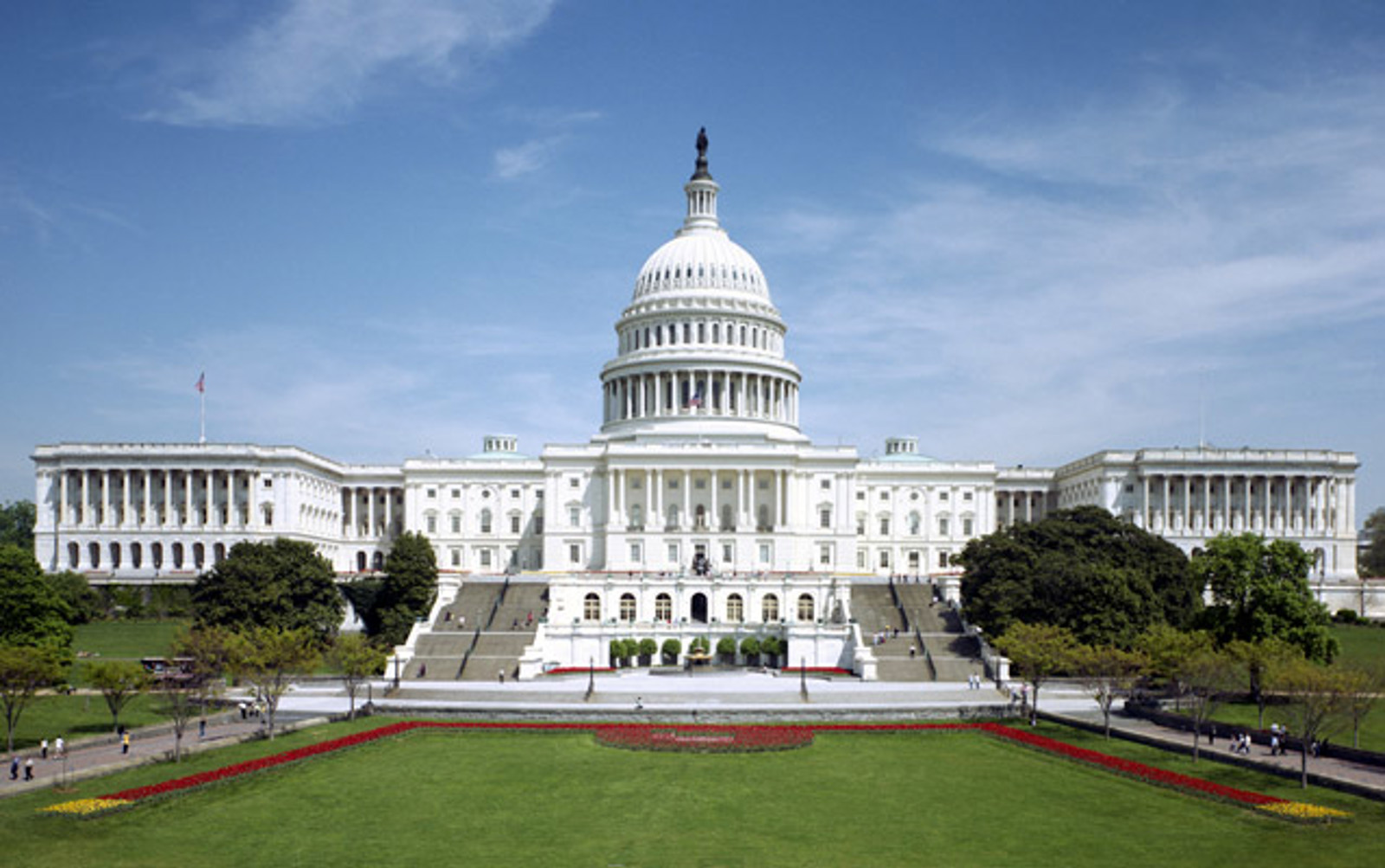President's Budget Increases Student Aid, Hints at HEA Reauthorization
After the roll-out of the administration's college affordability proposal on January 27, there were no big surprises in the President's FY 2013 budget, released February 13.
The budget proposes increased funding for the student aid programs, while also proposing to "drive systemic reform at the state level . . . reward institutions that are a "good value," . . . and empower students and families with the information they need to make smart choices about college attendance," according to Undersecretary Martha Kanter at the public briefing session on February 14.
In general, the President's budget slightly increases or level funds the core student aid programs. At the same time, it lays out some broader reform ideas for higher education that are more likely to be addressed in the next reauthorization of the Higher Education Act - rather than be implemented in an election year by a Congress in virtual stalemate.
Student Aid Funding
For Pell Grants, the budget proposes an $85 increase in the maximum award, to $5,635 - the scheduled automatic increase from the funding set-aside when direct loans were mandated in 2009. Funding the $36 billion Pell program this year shouldn't be a problem, given that it is currently running a $1.5 billion surplus. Beyond this year, however, estimates show a $5 to $9 billion annual shortfall from FY 2014 through FY 2020.
The proposed budget attempts to address part of that upcoming shortfall this year, by including a "down payment toward addressing the long term [funding] gap." Three changes would be made in other federal loan programs to generate the savings that would then be applied to the Pell Grant program: (1) limit the in-school interest subsidy on subsidized student loans to 150% of program length; (2) reduce payments to guaranty agencies; and expand the Perkins Loan program (see below).
For the Campus-Based Aid Programs, the budget level funds SEOG at $735 million; increases Federal Work Study by $150 million, to $1.13 billion; and expands the annual Perkins Loan volume to $8.5 billion. The proposal also would create a new formula for distribution of federal campus-based funds to institutions that are a "good value," rather than just long-time participants in the program. This would be done by looking at net-price relative to peer institutions, service to Pell Grant students, and student outcome measures such as graduation rates, loan repayment rates, etc. No details are available on the proposed "good value" parameters.
The President's proposed budget also contains a major change to the Perkins Loan Program, which would become a supplemental direct loan program, with a 6.8 percent interest rate, and with interest accruing while the student is in school. Borrowing authority also would be greatly expanded, providing millions of new loans to colleges under the new campus-based formula. As the scheduled 2014 recall of the old Perkins Loan assets begins, institutions would remit the federal share of repayments after keeping their share and the forgiveness amounts owed the institution. The revamped Perkins Loan program would save $648 million in FY 2013, and $8 billion over 10 years.
Federal Work Study has been touted as "doubling." The proposal, however, actually challenges colleges to double work-study jobs - including unpaid internships related to students' field of study - with the goal of doubling federal funding over five years. Administration officials reiterated in three budget meetings February 13 and 14 that there are no legislative details on the campus-based proposal because they want input and participation from the higher education community to develop the plan.
The other student aid headline in the budget is the proposal to maintain the 3.4 percent interest rate on student loans, which is scheduled to increase to 6.8 percent on July 1. While the administration pays for this change within the larger budget context, Congress would need to pass legislation and find savings of $5 billion per year in education programs.
TRIO, GEAR UP, and graduate education programs are level funded in the President's budget.
College Affordability Proposals
As outlined in January, the administration would like to enact a $1 billion Race to the Top: College Affordability and Completion program. The idea would be to drive systemic reform in state public colleges by rewarding states that keep down tuition increases, improve alignment between K-12 and postsecondary education policy, use data systems, improve capacity, and broaden transfer of credit policies. Again, the administration has offered no legislative details on this proposal, and plans to work with the higher education community in crafting the provisions. (See "Related Material" links at bottom for additional background.)
The budget also requests $55 million for a "First in the World" competition, providing incentives to colleges for innovative proposals on keeping tuition down and improving productivity. The program would be run through the existing FIPSE process. Of the $55 million, $20 million would be set aside for minority-serving institutions. Private, non-profit colleges could apply for these funds.
Community College Proposals
In a February 13 speech at Northern Virginia Community College, President Obama announced an $8 billion proposal for a "Community College to Career" fund in the budget. The Departments of Education and Labor would work together to forge better community college-business partnerships to ensure better trained workers for high-growth industries. This proposal would use mandatory funds paid for from the larger budget context, and would require authorizing legislation by Congress.
The budget also proposes an increase in existing Trade Adjustment Assistance funds for community colleges, and a Career Academies program that would link high school, community college training and four-year academic standards to ensure a more prepared work force. (For more information see the White House fact sheet)
For more information, please contact:
Stephanie Giesecke

